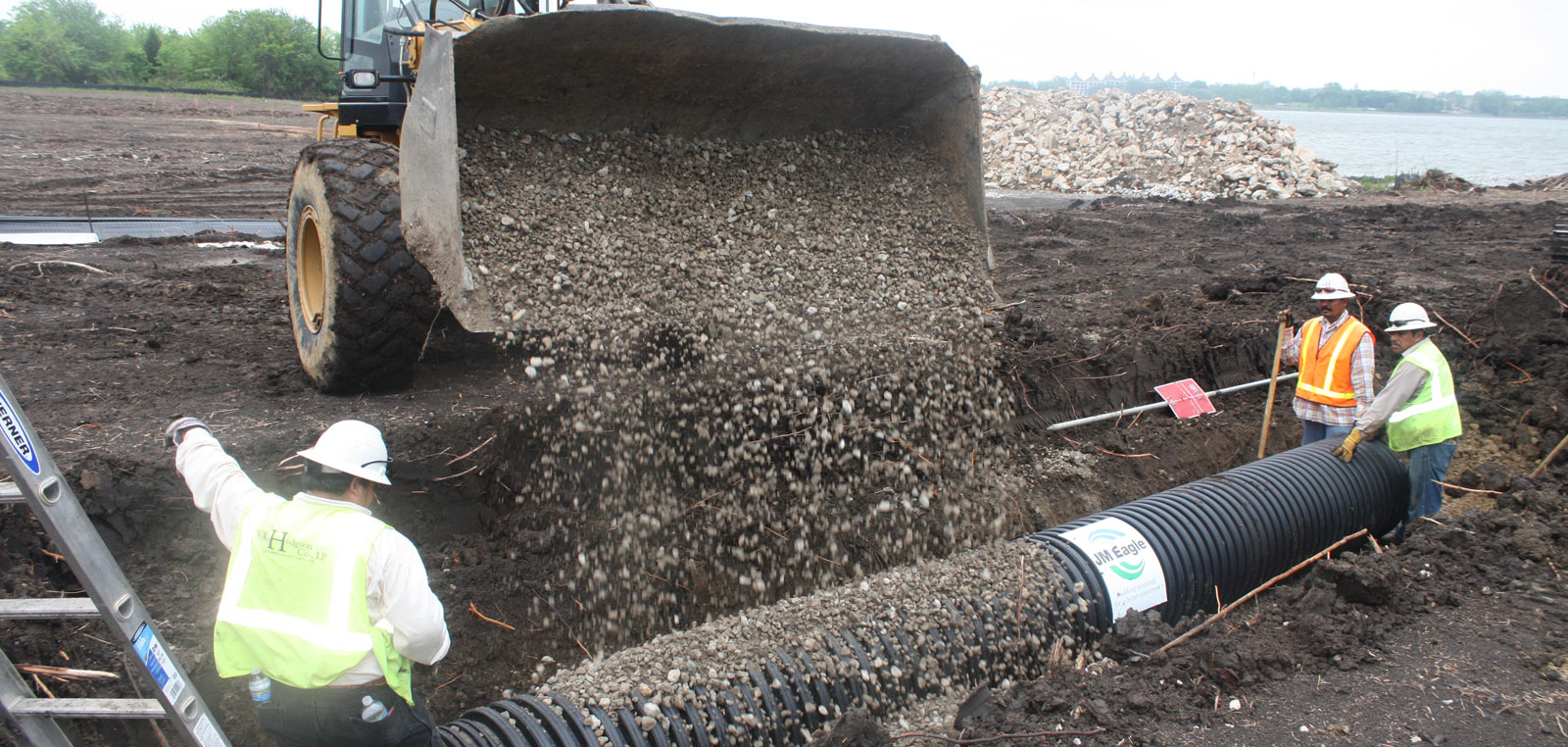
Populations Are Threatened as the Percentage of Water on Earth Shrinks
Water is life. But even as our warming planet’s sea levels and rainfall rise, the percentage of water on Earth is shrinking. Drought, pollution, agricultural demand, exponential population growth and leaky infrastructure exacerbates the problem of water scarcity. At least 10 global cities, populated by tens of millions of people, face a future of limited water resources that will directly result in poor health, disease and death.
Researchers are working to address the problem, though. From technologies that purify polluted water to those that harvest it from thin air, solutions are coming online to quench the world’s thirst.
The Blue Marble
One of the most iconic images of planet Earth came in 1968, when the crew of the Apollo 8 spacecraft entered lunar orbit on Christmas Eve. NASA astronauts Frank Borman, Jim Lovell and William Anders produced a color photo that would later become known as Earthrise. It shows our planet as a fragile blue rock amid a vast, black cosmos. That blue is water. More than 70% of the planet is covered in it and the oceans alone hold 96.5% of all Earth’s water, according to the U.S. Geological Survey (USGS).
Although oceans support plenty of life, seawater is salty and undrinkable. Humans need fresh water and most of that is locked up in glaciers, ice caps or in deep underground reservoirs. Surface water, such as lakes and rivers, provide accessible water, but it’s comparably tiny. The USGS estimated that if all of the surface water in the world were collected into a sphere, the bubble would be only 35 miles tall and wide — a mere speck compared to the size of Earth.
Another way to think of it is that for every 100 raindrops that fall on land, only 36 drops are available for humans to drink, PhysOrg reported. In a recent study, scientists found that although global warming is causing more rainfall, it’s also drying out soils to drought-like conditions, reducing the chances the extra rain will flow into rivers and lakes.
“It’s a double whammy,” professor Ashish Sharma told PhysOrg. “Less water is ending up where we can store it for later use. At the same time, more rain is overwhelming drainage infrastructure in towns and cities, leading to more urban flooding.”
Read more here: https://bit.ly/37Z5Bhx
